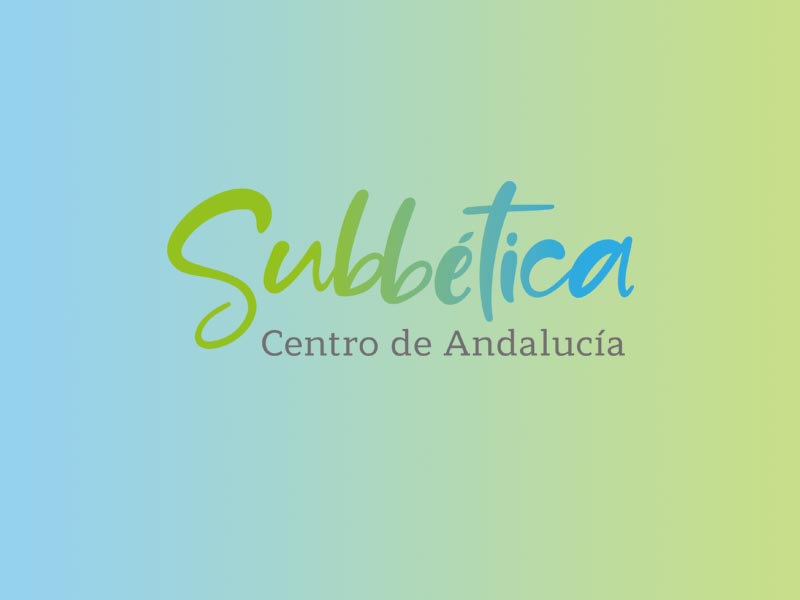24/08/2016 Uncategorized
Return
Direction and coordination: Rafael Moreno Rojas, Professor of Nutrition and Bromatology
Text: Francisco Javier Aguado Pavón, Jiménez Barba, Francisco Navas Jiménez, Alfonso Ortiz, and Gloria María (students of Food and Culture in the Science and Technology of Food degree at the University of Córdoba)
Luque
Location
Luque is a town located in the southeast of the province of Córdoba, in the northern foothills of the Subbética Mountains. It is 74 kilometers from the capital and has an altitude of 664 meters above sea level. The surface area of the municipal term is 139.6 square kilometers, and its population is 3,509 inhabitants.
History
The first signs of human presence in the lands that now make up the municipality of Luque date back to the Neolithic period. Remains belonging to this era have been found in the Lóbrega, Campanilla, Toril Chico, etc., archaeological sites.
It is worth noting the significant archaeological sites from the Iberian-Roman period in the area, with the Cerro being one of the most important archaeological sites in Córdoba. Mention should also be made of the Castillarejos, Las Cabezas, and Fuente Pilar sites, among others.
The first mention of its fortress dates back to the years 908-909. It was dominated by the Muslims until the first half of the 14th century when it was conquered by King Alfonso XI, through the ingenuity and cunning of three knights from León, namely Antón, Luís, and Alonso de Luque.
Upon conquering Luque, the king ordered that twenty-seven lots be made, and they were distributed among 27 knights, leaving Luque under the command of Antonio Fernández de Córdoba. The original account of this distribution tells in a picturesque and cunning way how the conquest took place.
"The King called Antón de Luque, who was a guide, and told him how they could enter through that mine, if there was space to enter through it, and he said that only two men could enter through it because there were first two lakes of water that they had to swim across because the Moors had told him so, and thus this guide entered through this mine and took the keys from the doors of the forces and opened the doors of the Castle, and there was a company of Captain Cristóbal Roldán waiting at the door, where he entered with his people, with two hundred men, and raised the royal standard in the Castle, saying long live the faith of Jesus Christ and then entered the Royal and the force was won and there the King left, a cavalry army, because many of them were wounded, from the first ones who entered with Captain Cristóbal Roldán, and the king left twenty-seven knights of the mountaineers, all knights of noble blood."
Food production and marketing
The weakness of its economic structure and the excessive weight of the primary sector condition many indicators in Luque. Its global activity rates (35.7%) are lower than the regional average, which is justified by the limited role of women in the workforce. While men show acceptable activity rates (63%), women have quite low rates (10.5%).
More than half of its active population (61.6%) depends on the primary sector, with agriculture being the main occupation, as livestock and stone quarries are only secondary activities. This significant number of agricultural workers faces the serious problem that suitable lands for cultivation are scarce due to the extension of mountainous areas. The percentage of cultivated land (63%) is one of the lowest in the region. Olive groves are the most important crop, and their surface area has been increasing progressively. In recent times, herbaceous plants and vineyards have fallen victim to the increasingly clear monoculture. The abundance of water in the municipality has maintained the survival of orchards, although they are of little profitability.
The structure of property is fundamentally characterized by minifundism: 70% of properties are less than five hectares, although large properties are also frequent, especially in the mountain and forest areas.
The existence of abundant land suitable for extensive livestock farming has led to the development of one of the most important sheep and goat herds in the region. However, its specific weight in the municipality's economy is discreet due to the structural problems of this activity.
Industry, construction, and services make up the rest of the active population. The percentage of the industrial sector (12%) is scarce, where agri-food companies, and mainly olive oil producers, are the most important.
Recipes
Luque offers a rich gastronomy, supplied by the countryside and mountains. Due to its history, the cuisine of Luque balances various culinary traditions, with the Arab influence being most noticeable in pastries, while stews and gazpachos are inherited from the Jews.
Goat in Sauce
Ingredients: 1.5 kg of goat in small pieces, 2 heads of garlic, 150 g of raw almonds, 200 g of stale bread crumbs, 10 black peppercorns, 2 bay leaves, juice of 1 lemon, 40 ml of extra virgin olive oil, 50 ml of dry white wine.
Preparation: In a pan, fry the almonds and a couple of garlic cloves with oil until they are golden. Transfer everything to a mortar or mortar and crush them well until it becomes a paste. Add the bread, soaked with wine and lemon juice, and work the mixture until it is well homogeneous. Season the pieces of goat and sauté them well together with the unpeeled garlic in a large pot until they begin to brown. Add the rest of the ingredients and the "majao" we had reserved. Cover everything with water and simmer over medium heat for about 35-40 minutes.













